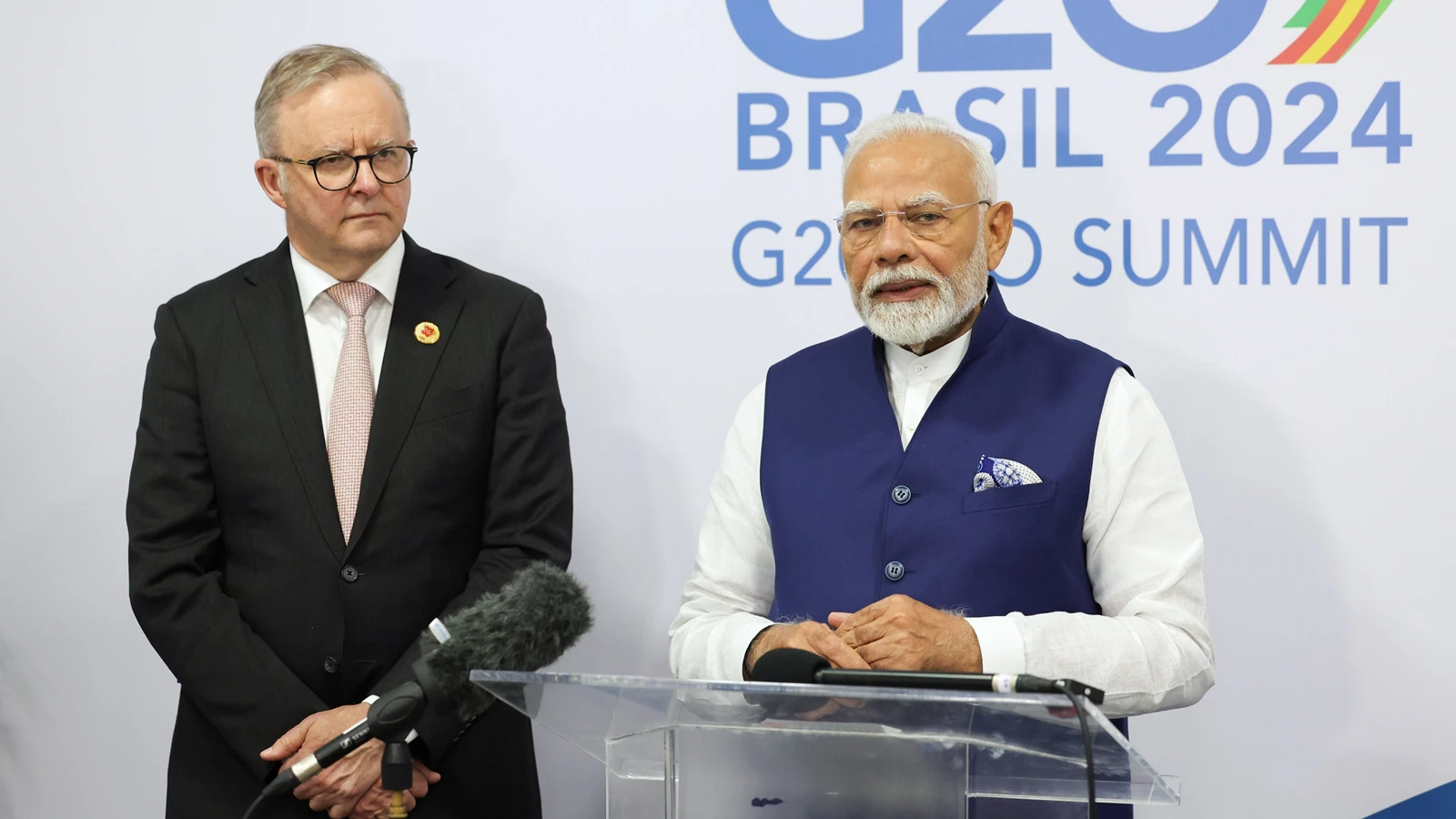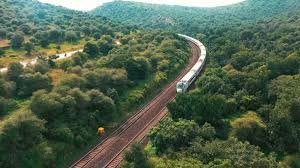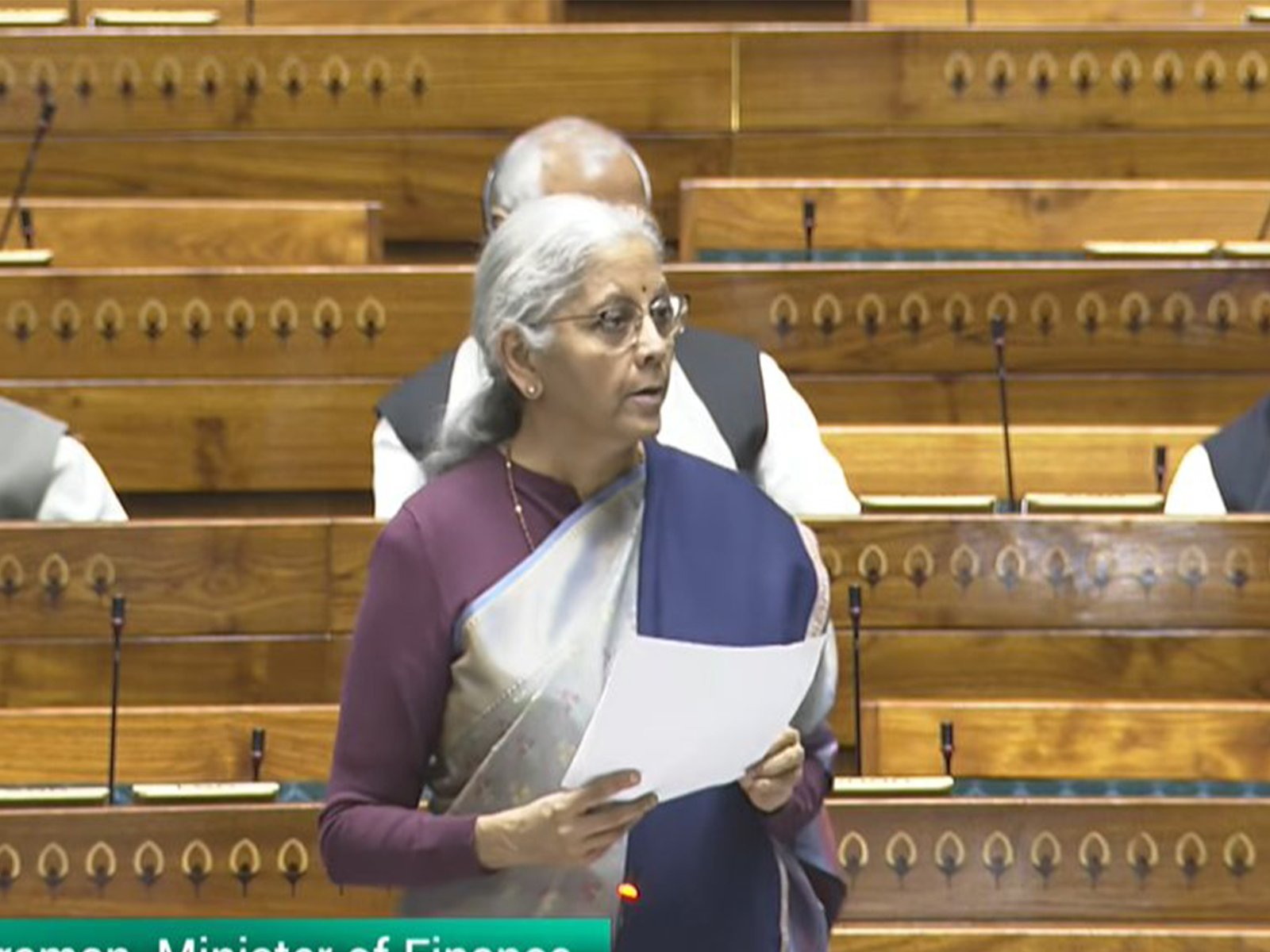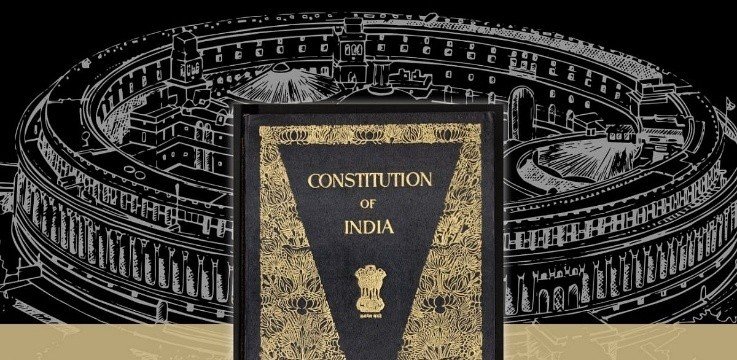Why in the News?
- Australia’s Climate & Energy Minister Chris Bowen’s visit to Delhi (15 Oct 2025) to advance the India–Australia Renewable Energy Partnership (REP) and turn joint climate ambitions into practical projects.
- The visit emphasises urgent cooperation on critical minerals, manufacturing, and capacity building to reduce overdependence on a single supplier and secure resilient clean-energy supply chains.
India–Australia Renewable Energy Partnership (REP)
- The India–Australia Renewable Energy Partnership (REP) is a joint initiative launched in 2023 by the Prime Ministers of India (Narendra Modi) and Australia (Anthony Albanese) to strengthen cooperation in the clean energy sector.
- It aims to combine India’s growing renewable energy demand and manufacturing capacity with Australia’s rich resources and technological expertise, creating a sustainable and resilient clean energy ecosystem.
- Objectives:
- To accelerate the clean energy transition in both countries.
- To reduce dependence on China for critical minerals, solar modules, and batteries.
- To build secure, diversified, and resilient supply chains for renewable technologies.
- Key Areas of Cooperation:
- The partnership covers eight major areas:
- Solar photovoltaic (PV) technology – improving efficiency and manufacturing.
- Green hydrogen – joint R&D and investment to make hydrogen affordable.
- The partnership covers eight major areas:
- Energy storage systems – including advanced batteries for grid stability.
- Solar supply chains – strengthening local production to reduce import dependence.
- Circular economy in renewables – recycling solar panels and batteries.
- Two-way investment – promoting joint ventures in clean energy industries.
- Capacity building – training workforce and sharing technical expertise.
- Track 1.5 Dialogue – a joint forum of policymakers, industry leaders, and researchers to translate plans into action.
Key Highlights
- Strategic context – why now?
- Both India and Australia have raised climate ambitions. India targets 500 GW non-fossil capacity by 2030 (large share from solar), while Australia sets sharp emission cuts by 2035.
- The Indo-Pacific faces high climate risks (disasters, displacement), so reliable clean-energy systems are a regional priority.
- Supply-chain vulnerability identified
- A major bottleneck for the global clean transition is concentration of processing and manufacturing (notably in China) for solar modules, rare earth processing and battery components.
- Disruptions, pandemic shortages and export restrictions revealed the fragility of current supply chains and impacted sectors such as electric vehicles (EVs).
- What does each country bring to the table?
- Australia: rich mineral resources (lithium, cobalt, rare earths), regulatory stability and export capacity; potential to co-invest in downstream refining and processing.
- India: large market, manufacturing incentives (PLI schemes), abundant labour force and growing deployment experience in solar and storage; large demand provides scale for investment.
Key Terms
- Critical Minerals
- Minerals (lithium, cobalt, rare earths, nickel) essential for clean-energy technologies and not easily substitutable.
- Supply is geopolitically sensitive because processing and refining are concentrated in a few countries.
- Responsible mining standards and community safeguards are critical to avoid social and environmental harm.
- Green Hydrogen
- Hydrogen produced by electrolysis using renewable electricity, yielding near-zero lifecycle emissions.
- Important for hard-to-decarbonise sectors (steel, shipping, chemicals, heavy transport).
- Requires cheap renewables, electrolyser manufacturing, water resources and transport/ storage infrastructure.
- Green hydrogen trade could link resource-rich exporters and large importers, necessitating standards and certification.
- Solar Photovoltaic (PV) Supply Chains
- The solar photovoltaic (PV) supply chain refers to the entire process of making and delivering solar panels, from raw materials to the installation of solar systems that generate electricity.
- It includes all the stages, industries, and logistics involved in turning sunlight into usable energy through solar PV technology.
Implications
- Reduced strategic dependence: Joint processing and manufacturing can lower risks from single-country dominance and geopolitical disruption.
- Economic opportunity: Co-investment can create manufacturing jobs in India and value-addition in Australia, strengthening bilateral trade.
- Faster deployment of clean tech: Secure supply chains speed up roll-out of solar, storage and hydrogen, helping meet national climate targets.
- Regional resilience: An India-Australia axis for critical minerals and technology could anchor supply-chain security across the Indo-Pacific.
- Policy coordination challenge: Success requires aligned regulations, export controls, standards and investment frameworks between capitals.
Challenges and Way Forward
| Challenges | Way Forward |
| Overdependence on a single supplier (China) | Diversify suppliers; invest jointly in downstream refining and module assembly in third countries or in India/Australia. |
| Lack of downstream processing in Australia | Co-finance build-out of refineries, smelters and chemical plants with technology transfer and environmental safeguards. |
| Financing & commercial viability | Create blended finance models (public guarantees, concessional loans, private equity) and risk-sharing agreements. |
| Skills and workforce gaps | Launch joint training (Skill India–Net Zero Jobs linked programmes), scholarships and exchange for technicians and engineers. |
| Environmental & social risks of mining/processing | Enforce strict environmental standards, local consultation, benefit-sharing and circularity (recycling) mandates. |
Conclusion
The India–Australia REP is timely: it can convert climate goals into tangible, resilient industry if both sides prioritise downstream processing, joint manufacturing, financing and skills. Success will depend on practical pilot projects, clear standards, and careful attention to environmental and social safeguards; turning strategic intent into supply-chain security.
| EnsureIAS Mains Question Q. Critically examine the India–Australia Renewable Energy Partnership (REP). How can cooperation on critical minerals, manufacturing and capacity building reduce strategic supply-chain risks and accelerate the clean energy transition? (250 Words) |
| EnsureIAS Prelims Question Q. With reference to the India–Australia renewable cooperation, consider the following statements: 1. China refines over 90% of global rare earth elements and produces nearly 80% of solar modules. 2. Australia is a major producer of lithium but lacks large-scale refining and downstream battery manufacturing. 3. The Track 1.5 Dialogue in REP is a formal treaty-level mechanism binding both governments to procurement commitments. 4. India’s 500 GW non-fossil electricity target for 2030 relies predominantly on solar and storage deployment. Which of the statements given above are correct? Answer: C. 1, 2 and 4 only Explanation: Statement 1 is Correct: Global market analyses report that China dominates rare-earth processing and solar module manufacturing, accounting for well over 70–90% in several segments. This concentration creates geopolitical and supply-chain vulnerability for other countries dependent on imports. Statement 2 is Correct: Australia has abundant lithium and other critical minerals but has limited domestic downstream processing and large-scale battery manufacturing, meaning raw exports often leave value-added steps to foreign processors. Statement 3 is Incorrect: A Track 1.5 Dialogue is an informal, non-binding platform that includes policymakers, industry and researchers to build trust and proposals; it is not a formal treaty or procurement commitment mechanism. Statement 4 is Correct: India’s 500 GW non-fossil target by 2030 plans a heavy contribution from solar (approx. 280 GW) complemented by wind, hydro and storage; making solar and storage central to meeting the target. |
Also Read | |
| UPSC Foundation Course | UPSC Daily Current Affairs |
| UPSC Monthly Magazine | CSAT Foundation Course |
| Free MCQs for UPSC Prelims | UPSC Test Series |
| ENSURE IAS NOTES | Our Booklist |





